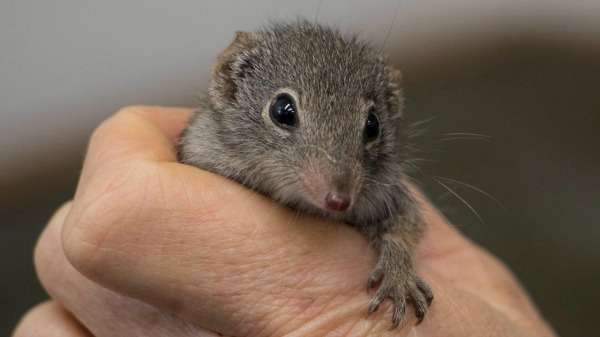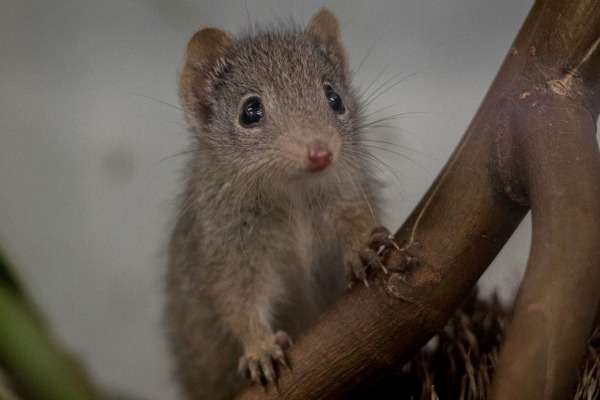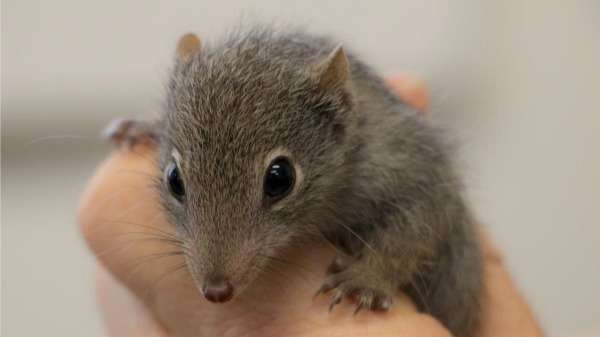Cute-as-a-button marsupials roam free after breeding success

They are tiny, cuddly and the females are known to be quite picky about their mate, but it seems endangered dibblers (Parantechinus apiclis) have put aside their preferences to create 29 individuals who were released back into the wild recently.
Perth Zoo's longstanding dibbler breeding program is responsible for producing the marsupials which were released on Gunton Island in the Recherche Archipelago, off the south coast this month.
The nocturnal, carnivorous creatures, which were believed to be extinct for nearly 70 years, measure up to 15cm and weigh about the same as a small chocolate bar.
They were known to roam Albany's Torndirrup National Park, Mount Manypeaks Nature Reserve and Fitzgerald River National Park until the early 1900s.
They were thought to have died out until a photographer captured a pair by chance near Cheyne Beach in 1967.
Surveys found the only remaining mainland population restricted to Fitzgerald River National Park in the Great Southern, but scientists discovered small numbers on Boullanger and Whitlock islands, near Jurien Bay, in 1985.
Since 1997 about 809 dibblers have been successfully introduced at Escape Island near Jurien Bay, Peniup Creek Reserve near Jerramungup, Waychinicup National Park near Albany, and Whiteman Park in Perth.
A translocation to Stirling Range National Park appears to have failed.
Perth Zoo animal health and research director Peter Mawson, who leads the program, says land clearing and predation by foxes and cats pushed the dibbler to the brink of extinction.

"These days, the most dramatic impact on dibblers is the changing climate which is leading to bushfires becoming more frequent, intense and burning over bigger areas," he says.
The program aims to produce 50 dibblers each mating season in February and March.
"The females are quite choosy about their partners so it can be a delicate dance and sometimes a brief and brisk affair," Dr Mawson says.
"It is a one-off event—if they do not fall pregnant you do not usually get a second chance."

A litter of up to eight young is produced after a 30-day gestation period.
The program's best result was 64 dibblers set free in Waychinicup National Park in 2012.
Dr Mawson says the program has been very successful.
"Because they are such small animals and the areas they survive in are separated by tracks of farmland, they are never going to walk across that land to repopulate other areas unless we give them a free ride," he says.
Provided by Science Network WA
This article first appeared on ScienceNetwork Western Australia a science news website based at Scitech.





















